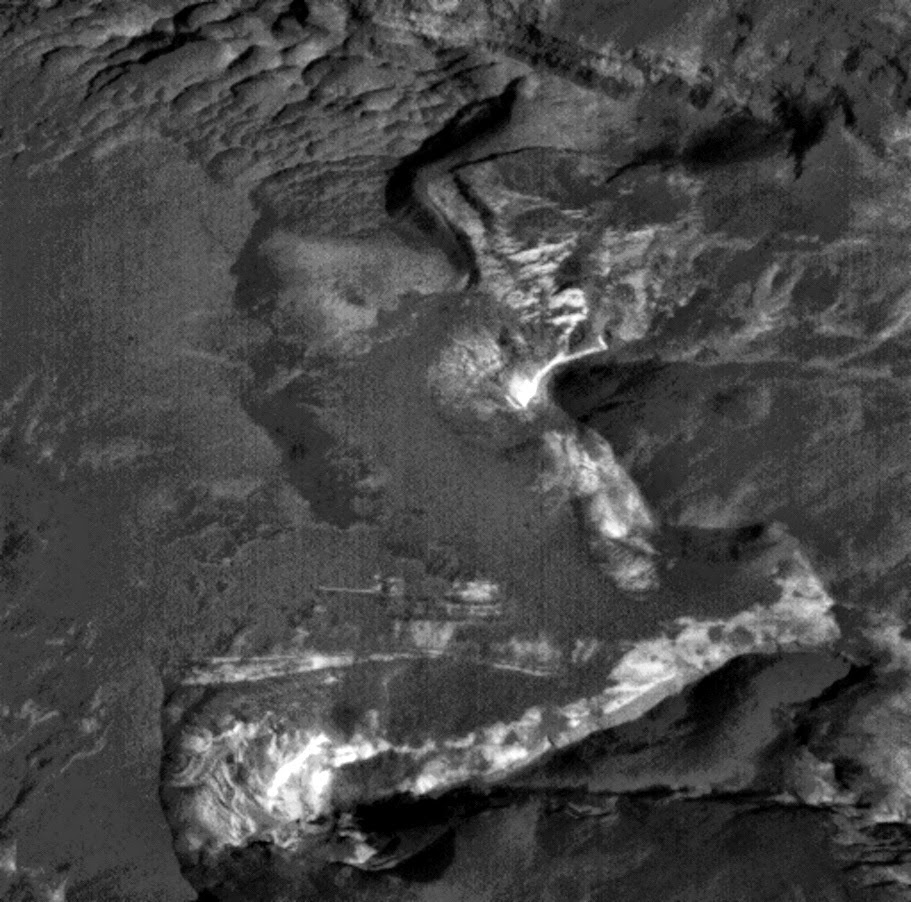Mercury Seen On Mars? Winged Head Of Roman God Spotted In NASA Photo, UFO Hunter Says
What would the Roman god Mercury be doing on Mars? That’s what the UFO hunters who claim they have spotted the winged head of Mercury in a NASA photo of the Martian surface would like to know.
The “discovery” turned up on a photo taken by the Mars Global Surveyor, an unmanned NASA spaceship that blasted off in 1996 and orbited the red planet for about 10 years, snapping thousands of photographs until the spacecraft finally lost contact with its NASA controllers back on Earth in 2006.
But the photos sent back from Mars Global Surveyor over that decade-long mission have proven, much like photos sent back by the Mars Curiosity Rover on the planet’s surface, a treasure trove for alien hunters and UFO enthusiasts who see an extraordinary variety of structures, faces, and other anomalies they consider evidence of an ancient alien civilization of Martians — or alien visitors of some sort.
But why would ancient aliens create an image of Mercury on a massive scale on the surface of Earth’s neighboring planet?
Mercury, for those not familiar with Roman mythology, was the messenger employed by other gods. As such, he is believed to be incredibly fast, as symbolized by the wings on his helmet, as well as on his ankles in some depictions.
Mercury was the face on the United States dime coin, as seen in the image above, from 1916 to 1945. Since then, the face of the 32nd United States President, Franklin Delano Roosevelt, has appeared on the dime.
Does this image remind you in any way of Mercury?

Here is another comparison, put together by UFO Sightings Daily editor Scott Waring, who made the discovery of Mercury on Mars in an old Global Surveyor photo.

“What we are looking at here is quite complex. Its [sic] the head and shoulders of Mercury made from linked structures,” wrote Waring on his blog. “The structures have a gold color to them. This reminded me a lot of the old Mercury dimes I collected when I was a kid. The winged head is what really gave this Mars formation away.”
“As I looked more carefully, enlarging the photo, I found that it was made of structures, combined together to form the Mercury face,” the prolific alien hunter continued. “In the original photo, the bust is upside-down and at the bottom of the photo.”
Maybe the planet Mars should have been named “Mercury,” and the planet Mercury named, well, something else.
[Images: Heritage Auctions, NASA]









